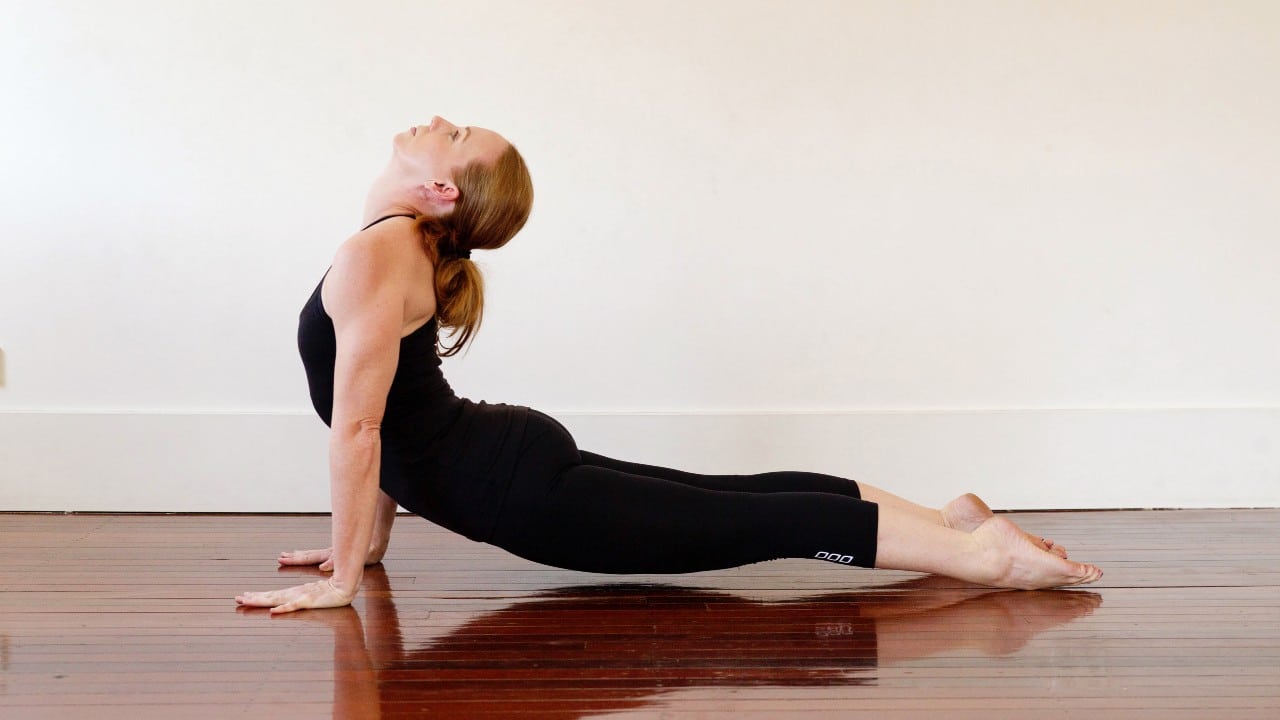Embarking on a journey into yoga can be both exciting and intimidating, especially for beginners. Ashtanga Yoga, with its dynamic sequence of poses and breath-linked movement, offers a transformative practice that can benefit practitioners of all levels.
In this article, we will provide a gentle introduction to Ashtanga Yoga for beginners, exploring its foundational principles, benefits, and practical tips for getting started on the mat.
Understanding Ashtanga Yoga for Beginners
Ashtanga Yoga is a traditional style of yoga that follows a specific sequence of postures, known as the Primary Series, designed to purify the body, calm the mind, and awaken the spirit. For beginners, it’s important to approach Ashtanga Yoga with patience, openness, and a willingness to learn. Here are some key points to keep in mind:
- Start Slowly: Ashtanga Yoga can be physically demanding, so it’s essential for beginners to start slowly and listen to their bodies. Begin with a shorter practice session and gradually increase the duration and intensity as you build strength, flexibility, and stamina.
- Focus on Breath: Breath awareness is central to the practice of Ashtanga Yoga. Beginners should focus on synchronizing movement with breath and maintaining a steady and controlled breath throughout the practice. This helps to calm the mind, regulate energy, and promote mindfulness on the mat.
- Modify as Needed: Ashtanga Yoga poses can be challenging, especially for beginners. It’s important to listen to your body and modify poses as needed to suit your level of flexibility and strength. Use props such as blocks, straps, and bolsters to support your practice and prevent injury.
- Cultivate Patience: Progress in Ashtanga Yoga is gradual and incremental. It’s normal for beginners to encounter difficulties and setbacks along the way. Cultivate patience and persistence in your practice, and trust that progress will come with time and dedication.
- Find a Qualified Teacher: Ashtanga Yoga is best learned under the guidance of a qualified teacher who can provide personalized instruction, adjustments, and modifications to suit your individual needs. Look for a teacher who is certified in Ashtanga Yoga and has experience working with beginners.
Benefits of Ashtanga Yoga for Beginners
Ashtanga Yoga offers a multitude of benefits for beginners, both physical and mental. Some of the key benefits include:
- Increased Strength and Flexibility: The dynamic sequence of Ashtanga Yoga poses helps to build strength, flexibility, and endurance in the body, leading to improved physical health and vitality.
- Stress Reduction: The breath-linked movement and mindfulness practices of Ashtanga Yoga promote relaxation, reduce stress, and calm the nervous system, leading to greater mental clarity and emotional well-being.
- Mind-Body Connection: Ashtanga Yoga encourages practitioners to cultivate awareness of the body, breath, and mind, fostering a deeper connection to oneself and the present moment.
- Improved Posture and Alignment: Through regular practice, beginners can develop better posture, alignment, and body awareness, reducing the risk of injury and promoting overall well-being.
- Sense of Community: Ashtanga Yoga classes provide an opportunity to connect with like-minded individuals and build a supportive community of fellow practitioners on the path of self-discovery and personal growth.
Practical Tips for Beginners
Here are some practical tips to help beginners get started with Ashtanga Yoga:
- Attend a Beginner-Friendly Class: Look for beginner-friendly Ashtanga Yoga classes or workshops that cater specifically to beginners. These classes often provide a slower-paced introduction to the practice and include detailed instruction and guidance from the teacher.
- Establish a Consistent Practice Routine: Set aside dedicated time each day or week for your Ashtanga Yoga practice. Consistency is key to progress, so aim to practice regularly, even if it’s just for a few minutes each day.
- Listen to Your Body: Pay attention to how your body feels during and after your practice. If a pose feels uncomfortable or painful, back off and modify as needed. Remember that yoga is a non-competitive practice, and there is no need to push yourself beyond your limits.
- Be Patient and Persistent: Rome wasn’t built in a day, and neither is a yoga practice. Be patient with yourself and trust in the process of Ashtanga Yoga. Celebrate your progress, no matter how small, and stay committed to your practice journey.
Conclusion
Ashtanga Yoga offers beginners a transformative journey of self-discovery, growth, and well-being. By approaching the practice with an open mind, patience, and dedication, beginners can experience the myriad benefits of Ashtanga Yoga for both body and mind.
Whether you’re looking to improve your physical fitness, reduce stress, or cultivate a deeper sense of self-awareness, Ashtanga Yoga has something to offer for practitioners of all levels.
So roll out your mat, take a deep breath, and begin your journey into the transformative world of Ashtanga Yoga.



